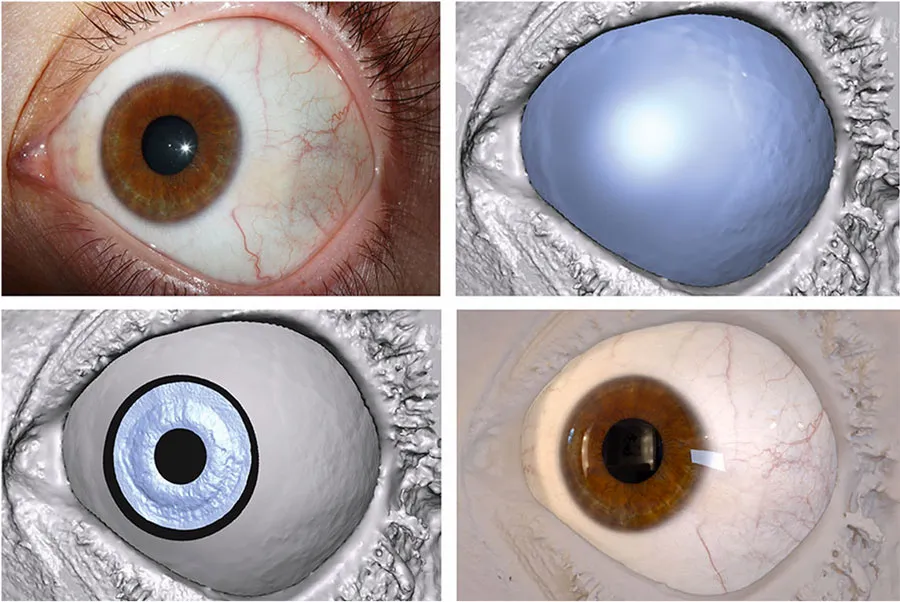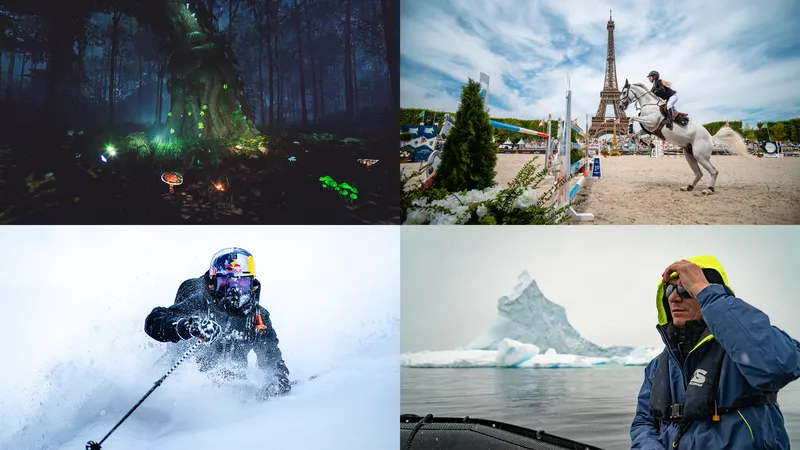They say the eyes are the window to the soul. They are one of the most expressive parts of our face, yet their form has eluded animators, who have struggled to cross the uncanny valley. But perhaps things may have just taken a step forward.
A project released the Imagineers at Disney Research Labs, shows a newly advanced capture system for the human eye that provides unprecedented levels of detail and accuracy. According to the paper – written by the research team consisting of Pascal Bérard, Derek Bradley, Maurizio Nitti, Thabo Beeler, and Markus Gross, the shape of the human eye “has so far been mostly approximated in our community with gross simplifications.” These simplifications lead to CGI characters with far less expressiveness than they could have.
The team achieved this effect by capturing various forms of data from each of the three major parts of the eye: the white sclera, the transparent cornea and the iris; combining that data to form the full eye. This process to done by first capturing images of the eye from “11 poses,” in a first image set then a second series with varied pupil dilation, the process takes about 10 minutes. They then are able to construct a mesh representation from these photos, and can approximate the corneal shape “given a set of known LED lights in the scene and multiple views of the refracted iris.” The iris is then “reconstructed using a novel multi-view stereo approach.” Utilizing this approach the researchers were able to capture the nuances of individual eyes in ways never before possible.
As we head into the age of VR, creating expressive, lifelike avatars will be key to helping the medium take off as a social platform. This project could shed a lot of light into how we can manage to cross that all important uncanny valley, but it also isn’t quite yet a practical solution ready for mass scale, as the process itself takes expertise and careful calibration as well as a long time. That all being said, this is a huge step forward, and is exciting given its potential future applications, especially if it is further developed.






























